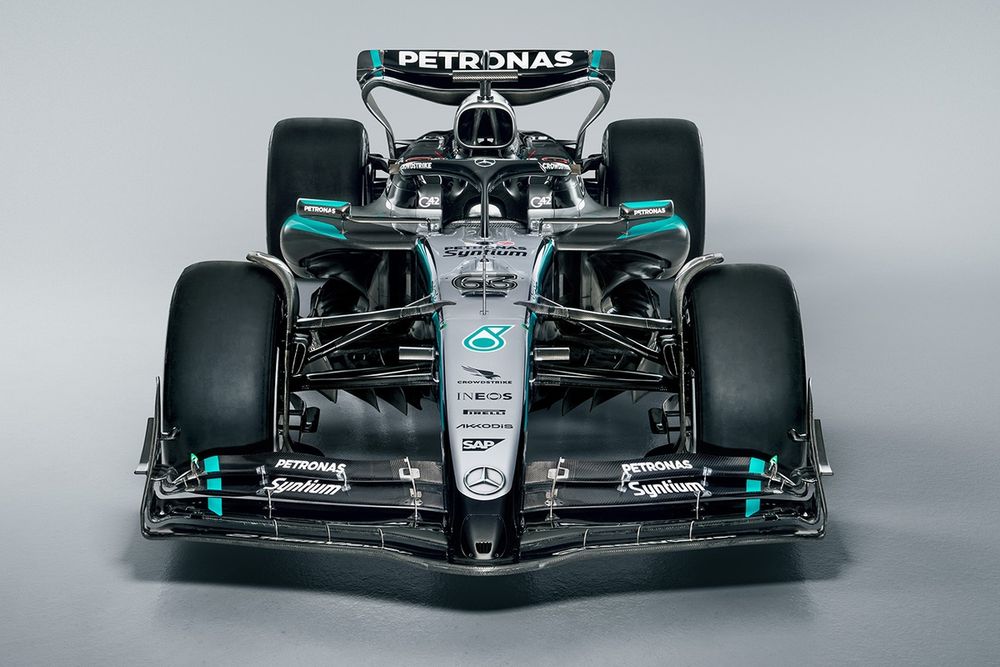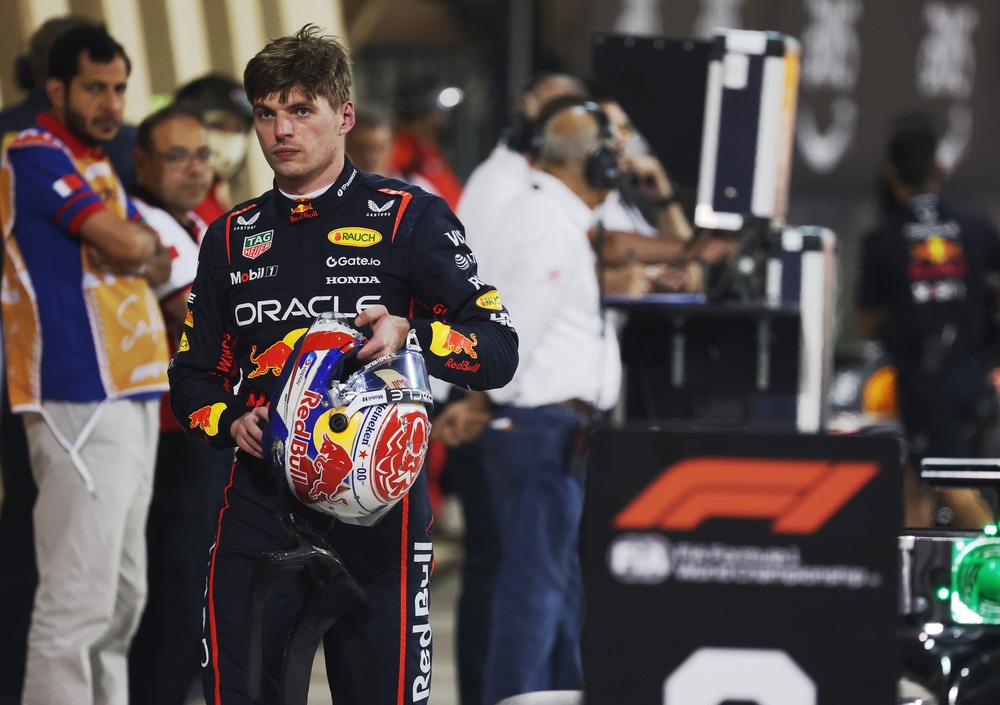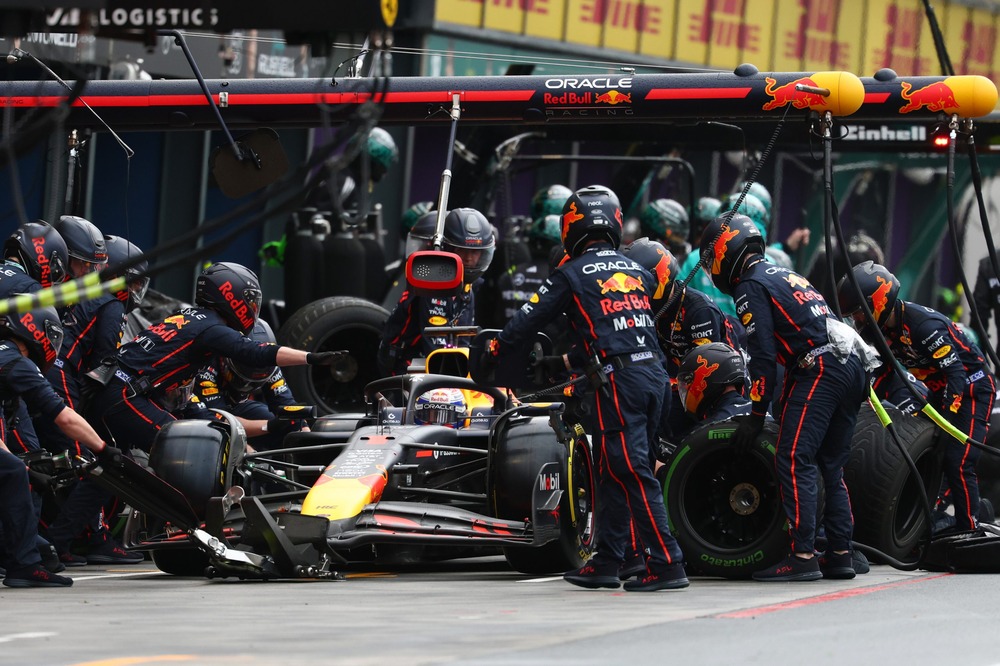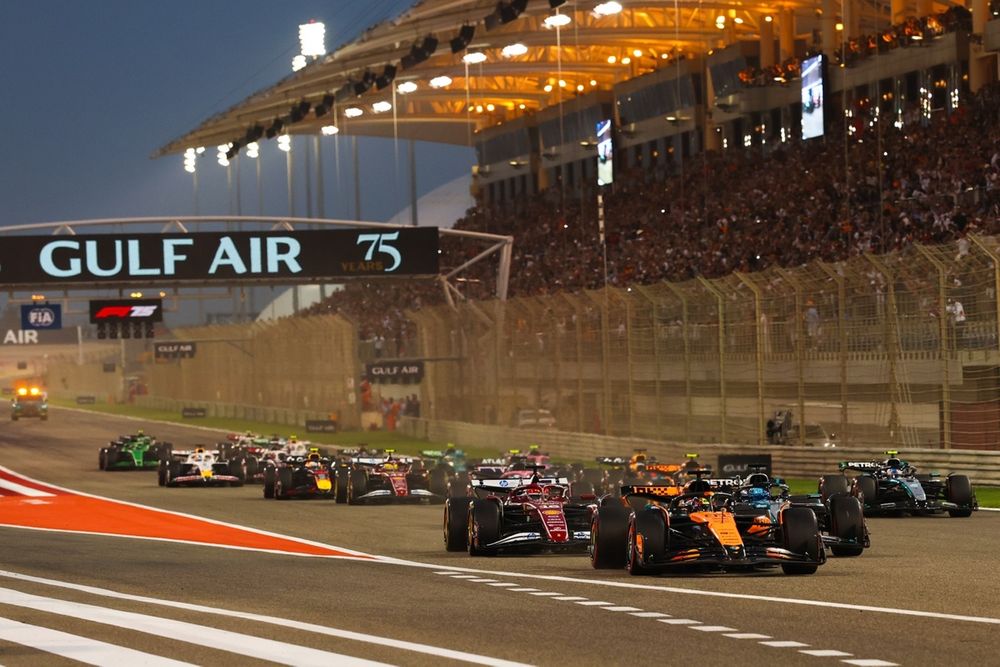The newly launched Mercedes W16 features ‘key changes’ for the 2025 F1 season as the team seeks to reclaim dominance on the grid.
The digital launch of the W16 comes just days before Bahrain pre-season testing where the team aims to evaluate the car’s performance and prepare for what promises to be a fiercely competitive championship.
Following a challenging 2024 season that saw the Silver Arrows finish fourth in the Constructors’ Championship, the Mercedes W16 represents a bold attempt to address past shortcomings and reestablish the team as a leading force in Formula 1.
The unveiling of the W16 is particularly significant as it coincides with a new chapter for Mercedes. For the first time in over a decade, the team will compete without seven-time World Champion Lewis Hamilton, who made a switch to Ferrari.
In his place, rookie Andrea Kimi Antonelli steps into the spotlight alongside George Russell, forming a youthful and dynamic driver lineup. Additionally, former Mercedes driver Valtteri Bottas returns to the team as a reserve driver bringing valuable experience and stability to the squad.
Key changes to Mercedes W16
The Mercedes W16 embodies the team’s commitment to innovation and improvement, addressing key weaknesses that plagued its predecessors. The team’s technical director, James Allison, highlighted that substantial changes have been made to nearly every aspect of the car’s design.
These updates include modifications to all aerodynamic surfaces, a new front suspension system, and various under-the-skin adjustments aimed at eliminating inconsistencies that have hindered performance in recent years.
The primary focus has been on resolving issues such as instability in slow corners and imbalances in tire temperatures—problems that contributed to unpredictable results with the W15.
Aerodynamically, the Mercedes W16 introduces several noteworthy advancements. The car’s front wing has been refined for improved efficiency, while adjustments to the nose length and suspension elements aim to enhance overall handling.
The sidepods retain their distinctive shape but feature tighter undercuts and reworked intakes inspired by rival designs, such as Red Bull’s successful vertical inlet layout. These changes are expected to optimize airflow and improve downforce generation, particularly under high-pressure conditions.
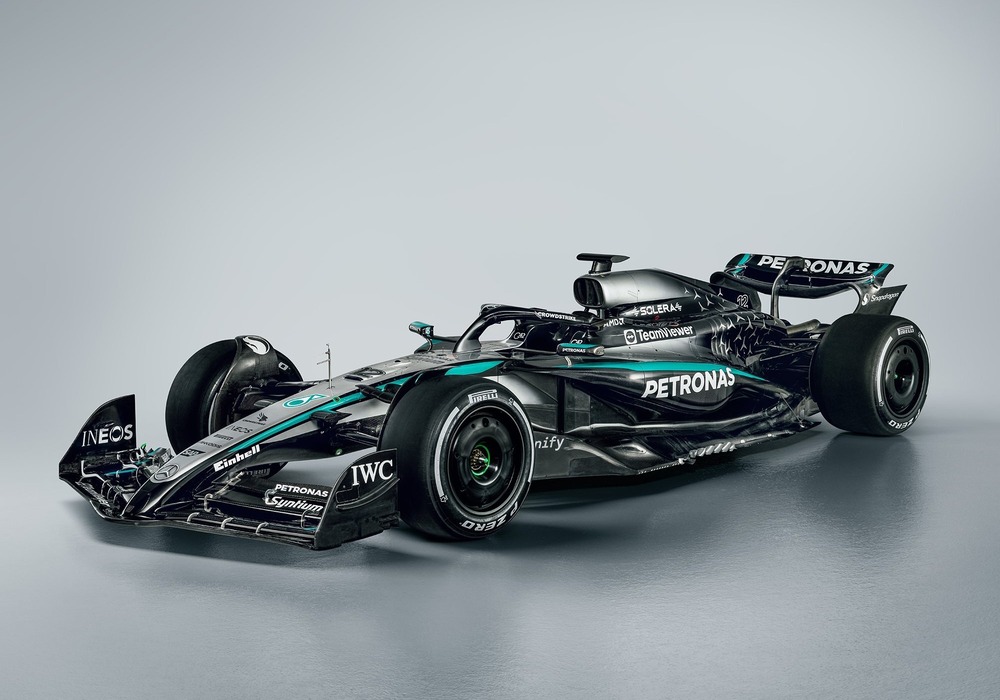
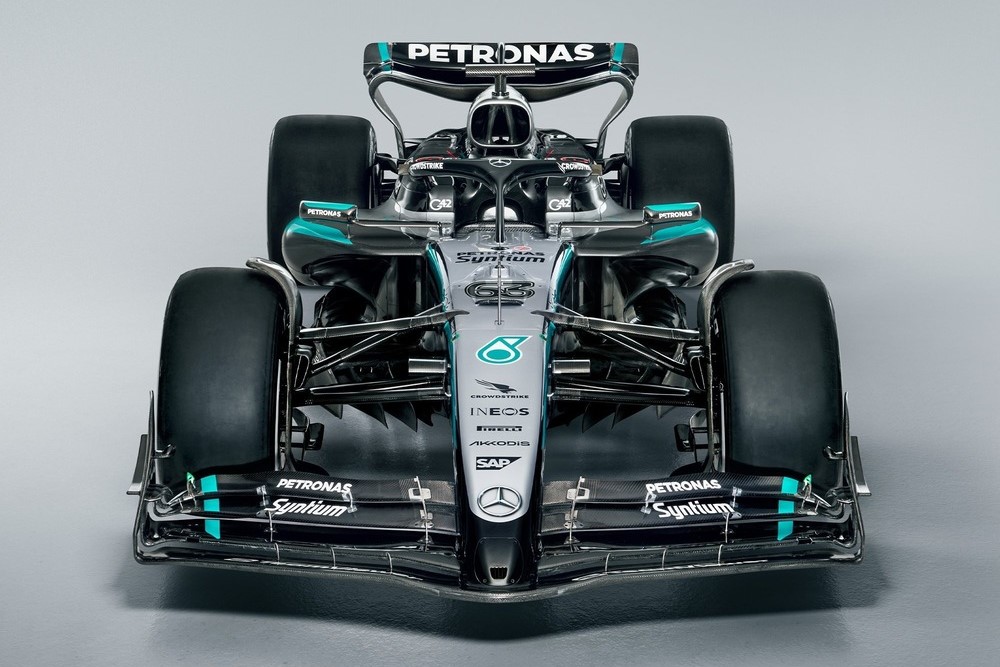
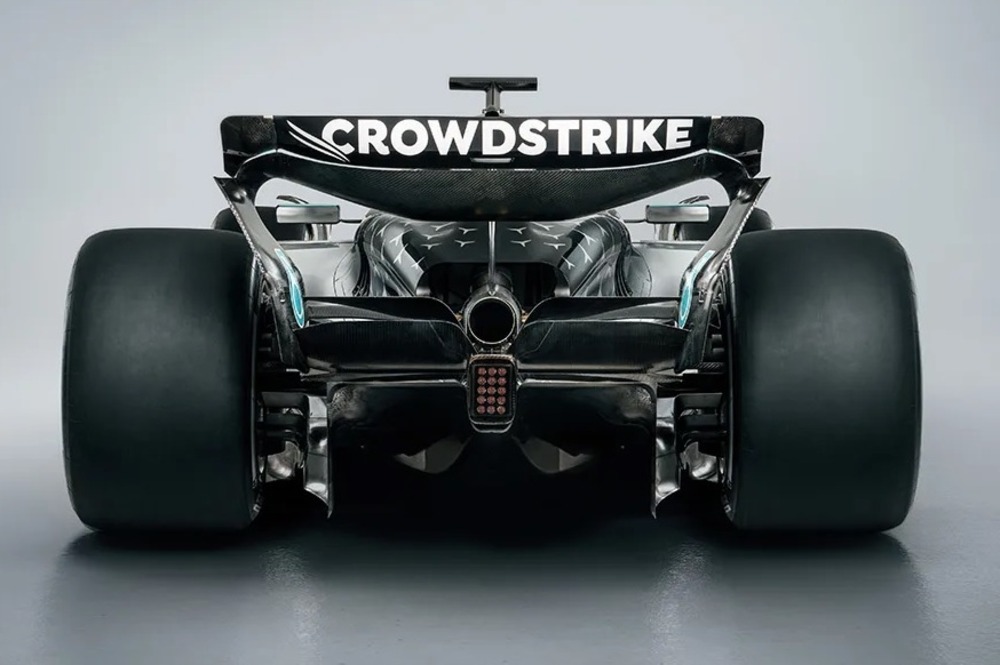
In terms of technical specifications, the Mercedes W16 will feature improved power unit reliability and performance enhancements after the team engineers addressed the narrow operating window that characterized the W15.
By focusing on creating a more adaptable setup capable of performing consistently across varying track conditions and temperatures, they hope to unlock greater potential from both drivers and machinery.
Although power unit development remains frozen under current regulations, Hywel Thomas, head of Power Unit operations, confirmed that updates have been made to improve reliability and calibration.
“We have been looking at reliability updates, and some calibration upgrades, to deliver robustness, squeeze the last little bits of performance out of the Power Unit and give ourselves the best opportunity this season,” he said.
“We’ve made good progress and hopefully that can add performance on track.”
The 2025 F1 season marks the fourth year of Formula 1’s current chassis regulations, placing teams in a “mature phase” of development where significant gains in lap time are increasingly difficult to achieve.
Despite this challenge, Mercedes remains optimistic about their progress during the winter break. Allison expressed confidence in the team’s ability to compete at the highest level, acknowledging that competition will be tighter than ever as teams converge on similar performance levels.
“Being the fourth year of these regulations on the chassis side, the cars are in the more mature phase,” Mercedes technical director James Allison said.
“Big gains in lap time are harder to come by but we’ve been concentrating on making improvements in the areas that held us back last year.
“Our primary focus has been on dialling out the W15’s slight reluctance to turn in slow corners, along with the imbalance in tyre temperatures that made the car inconsistent from session to session.
“We are pleased with our progress over the winter and we’re looking forward to finding out where we stack up against everyone else.”
Bahrain pre-season testing will provide an early indication of how well the Mercedes W16 stacks up against its rivals. With only one year remaining before major regulation changes take effect in 2026 F1, the team is determined to end the current era on a high note.

